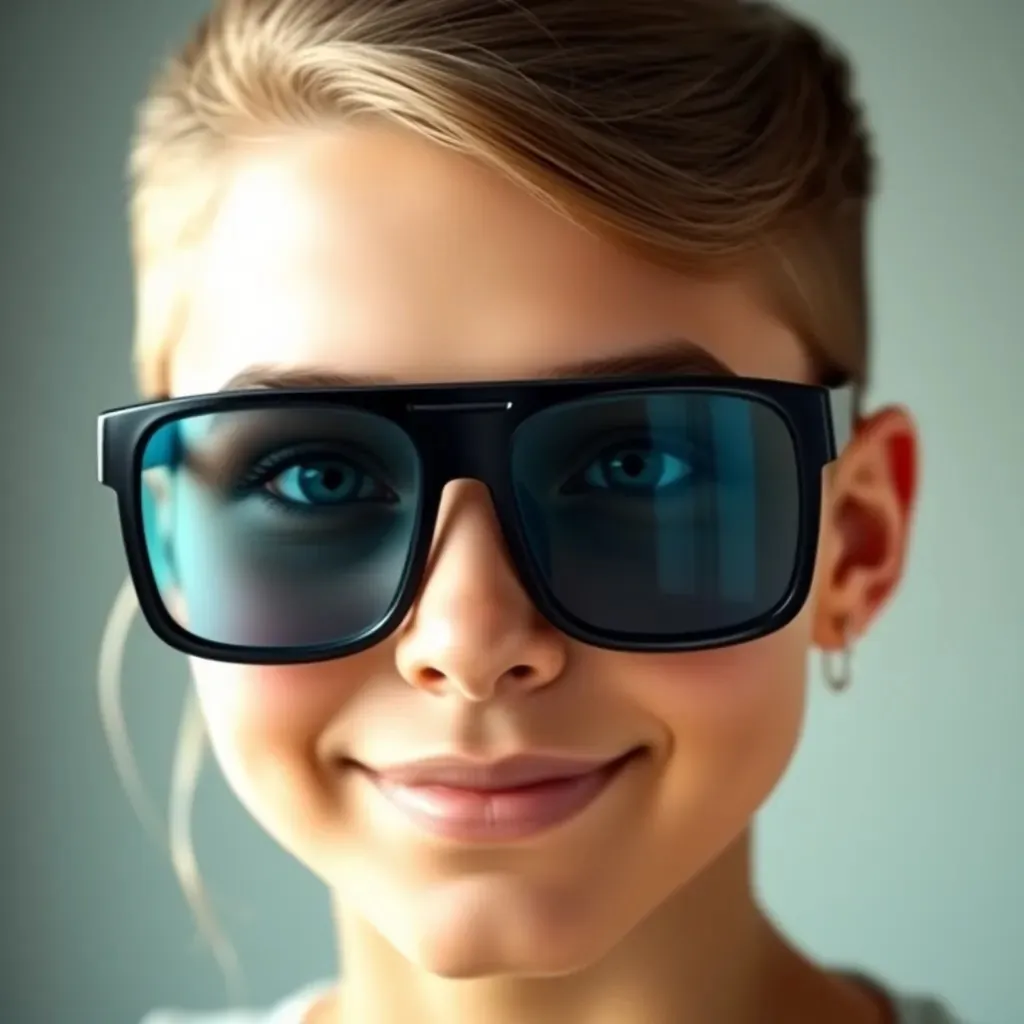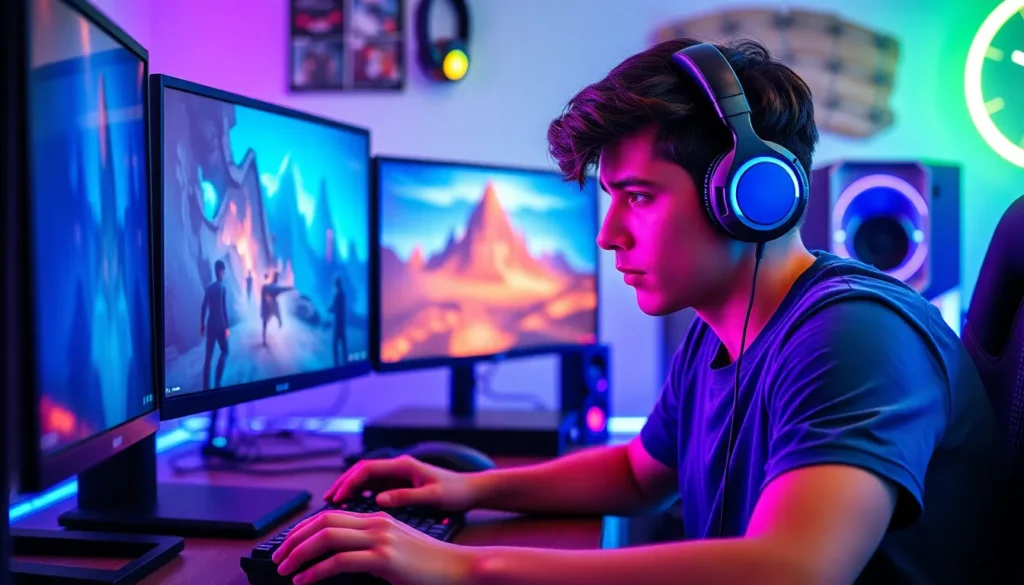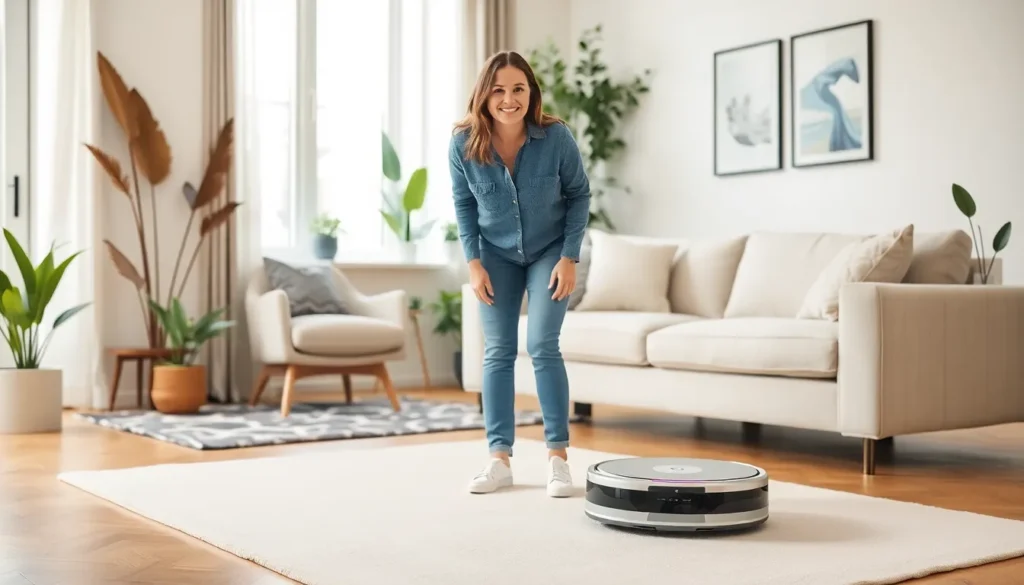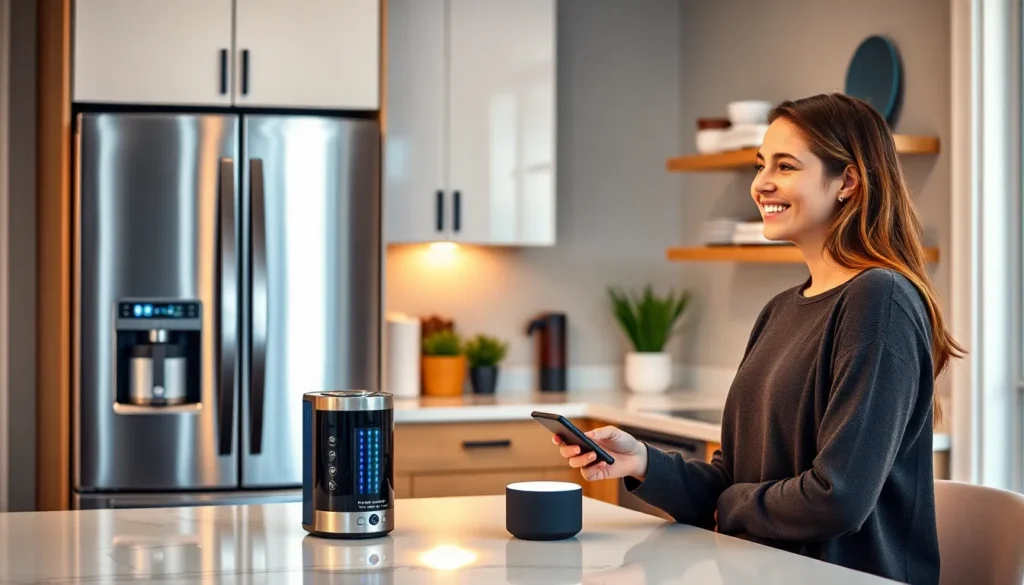Table of Contents
ToggleIn a world where AI chatbots are popping up faster than new coffee shop openings, the battle between Grok and ChatGPT has everyone buzzing. These two heavyweights promise to transform how we interact with technology, but which one deserves the crown?
Overview of AI Technologies
Grok and ChatGPT represent advanced developments in artificial intelligence technologies. Both systems utilize machine learning algorithms to process language and understand user input effectively. ChatGPT, developed by OpenAI, focuses on creating human-like conversational experiences. It excels in natural language understanding due to extensive training on diverse datasets.
Conversely, Grok, a product of xAI, emphasizes real-time learning from user interactions. This approach allows Grok to adapt quickly, improving response accuracy based on contextual data. Users often report a personalized experience with Grok as it tailors output based on previous conversations.
Natural language processing serves as the backbone for both chatbots. Enhanced by deep learning models, Grok and ChatGPT can generate coherent and contextually relevant responses. Training datasets play a crucial role in shaping their capabilities. While ChatGPT relies on historical data, Grok leverages live feedback for ongoing optimization.
In practical applications, both AI technologies find uses in customer support and content generation. Companies benefit from employing either chatbot, as they can automate tasks, reduce response time, and improve user engagement. Each system has unique strengths that appeal to different user needs.
Their performance metrics demonstrate varying degrees of effectiveness. ChatGPT typically achieves higher ratings for conversational fluidity, while Grok often excels in situational responsiveness. Specific use cases help determine better suitability for organizations or individuals.
As innovations in AI continue to unfold, the competition between Grok and ChatGPT is likely to evolve. Stakeholders observe these advancements, anticipating enhancements that benefit users and industry demands.
Understanding Grok
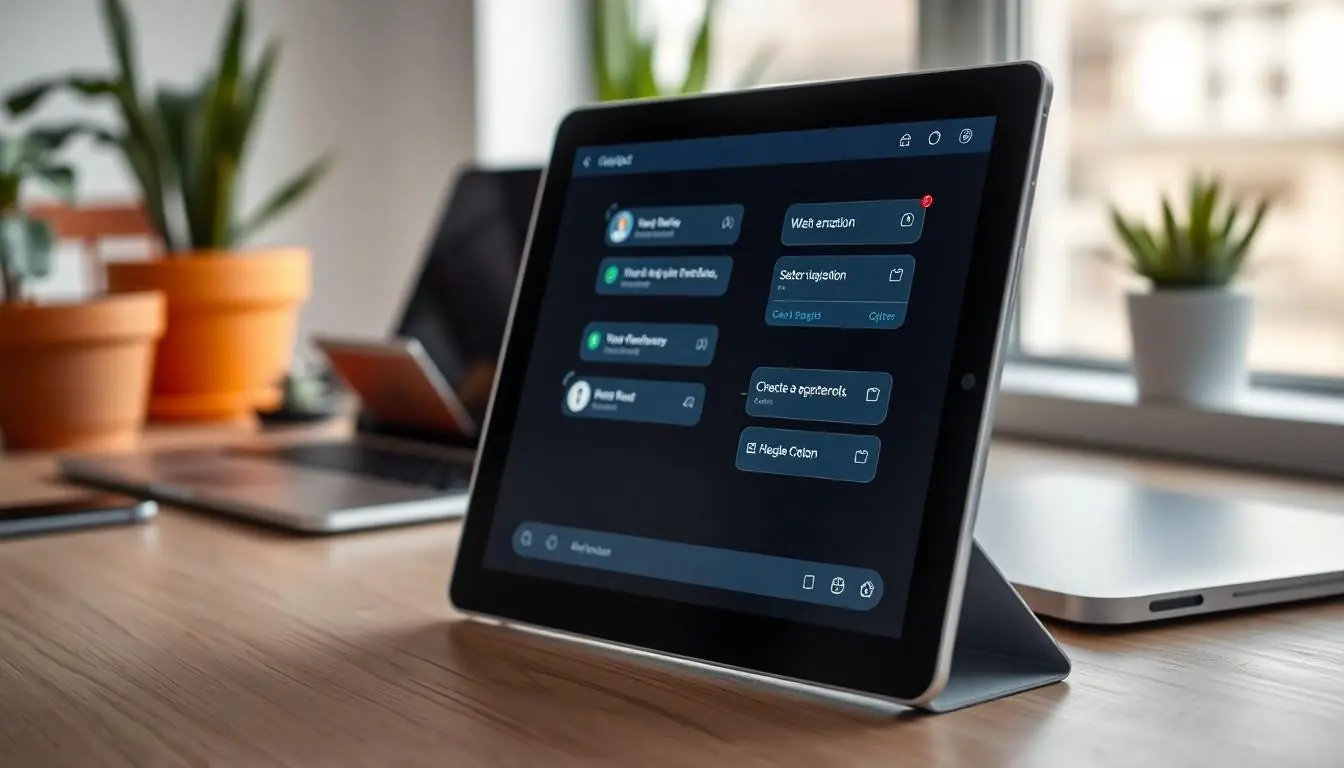
Grok, developed by xAI, offers unique capabilities in the AI chatbot arena. Its design enables efficient real-time learning from user interactions, creating a highly personalized experience.
Key Features of Grok
Grok leverages live feedback to refine its responses continuously. This feature allows users to engage dynamically with the chatbot, enhancing situational awareness. Additionally, Grok incorporates contextual data in its responses, ensuring relevance. Its user-friendly interface supports easy navigation, and the integration capacity allows for diverse applications across platforms. With a focus on adaptive learning, Grok effectively evolves based on ongoing interactions.
Strengths and Limitations
Strengths of Grok include its rapid adaptability to user preferences and context. This ability leads to personalized interactions that enhance user satisfaction. Furthermore, it excels in providing immediate, context-aware answers during conversations. Limitations arise from its reliance on user input for training; inconsistency in user engagement could affect performance. Additionally, while it thrives in situational responsiveness, Grok may occasionally lack the fluidity of conversation found in more traditional models like ChatGPT. Users might find variances in conversational depth and consistency due to these factors.
Exploring ChatGPT
ChatGPT delivers advanced conversational experiences, making it a powerful tool for engaging users. Its design prioritizes natural language understanding and human-like interactions, setting a high standard for AI chatbots.
Key Features of ChatGPT
ChatGPT excels in generating contextually relevant responses, thanks to its extensive training on diverse datasets. Robust language models enable it to understand nuances, making conversations feel fluid. The platform supports a wide range of applications, including customer support and content creation, enhancing productivity. OpenAI regularly updates ChatGPT, allowing continuous improvements in performance and user satisfaction. Integration capabilities allow seamless use across various platforms, further broadening its utility.
Strengths and Limitations
Strengths of ChatGPT include its proficiency in conversational fluidity, leading to engaging user experiences. It often outperforms other AI models in generating coherent responses. Limitations arise from its dependence on historical data, which can sometimes lead to outdated information. Additionally, it may struggle with specific contextual nuances, resulting in less personalized interactions compared to dynamic alternatives like Grok. The balance of strengths and weaknesses shapes its overall usability in real-world applications.
Comparative Analysis
Grok and ChatGPT demonstrate unique strengths that set them apart in the AI chatbot landscape. Each platform offers distinct features tailored to different user needs.
Performance Metrics
ChatGPT excels in conversational fluidity, responding with remarkable coherence. It showcases its capabilities through a high engagement rate across various interactions. In contrast, Grok’s real-time learning enables it to adapt swiftly, providing personalized responses based on user context. Metrics indicate that Grok achieves improvements in response accuracy as it learns from each interaction. When comparing speed, Grok often provides quicker adjustments in conversation, while ChatGPT maintains consistency through its extensive training. Both chatbots maintain robust performance, yet their metrics highlight their specific advantages.
Use Cases
Diverse applications highlight the capabilities of both chatbot technologies. In customer support, ChatGPT delivers comprehensive responses, enabling efficient resolutions to queries. Its conversational style resonates well, enhancing user satisfaction. On the other hand, Grok’s ability to learn in real-time allows it to cater to unique user preferences within the same interaction. This adaptability presents opportunities for personalized marketing and tailored content. Both platforms serve content generation needs, but Grok particularly excels in dynamic environments where rapid responses are essential. Thus, their deployment varies depending on the specific requirements of users and businesses.
User Experience
User experience plays a crucial role in determining which AI may better serve users’ needs. The evaluation of both Grok and ChatGPT reveals significant aspects of their interfaces and community feedback.
Interface and Accessibility
Grok features a user-friendly interface that prioritizes accessibility across devices. Its design supports seamless interaction, making it easy for users to navigate. ChatGPT’s interface excels in its simplicity, promoting intuitive engagement. Both platforms offer responsive designs, ensuring compatibility with various operating systems and web browsers. Accessibility options enhance usability for people with disabilities, allowing diverse user groups to benefit from these technologies. Continuous updates reflect user preferences, contributing to an evolving experience that caters to changing needs.
Community Feedback
Community feedback significantly influences both Grok and ChatGPT’s development. Users consistently praise ChatGPT for its conversational fluidity, noting its ability to generate nuanced responses. Concerns often arise regarding its dependence on historical data, which can lead to outdated information. Grok, on the other hand, benefits from live feedback, allowing rapid adjustments based on user interactions. Enthusiasts appreciate its adaptability, but some critiques highlight its occasional lack of conversational fluidity. Overall, both AI chatbots utilize community insights to enhance their performance, ensuring they meet users’ demands effectively.
Choosing between Grok and ChatGPT ultimately depends on individual needs and preferences. ChatGPT shines in delivering fluid conversational experiences and comprehensive responses, making it ideal for applications requiring depth and engagement. On the other hand, Grok’s real-time learning capabilities offer a personalized touch that adapts to user interactions, catering to dynamic environments.
As both technologies continue to evolve, users can expect enhancements that push the boundaries of AI interaction. The competition between Grok and ChatGPT not only drives innovation but also ensures that users receive more tailored and effective solutions in their daily interactions with technology.

